Home>Ideas and Tips>DIY Guide To Installing A Mosaic Tile Backsplash
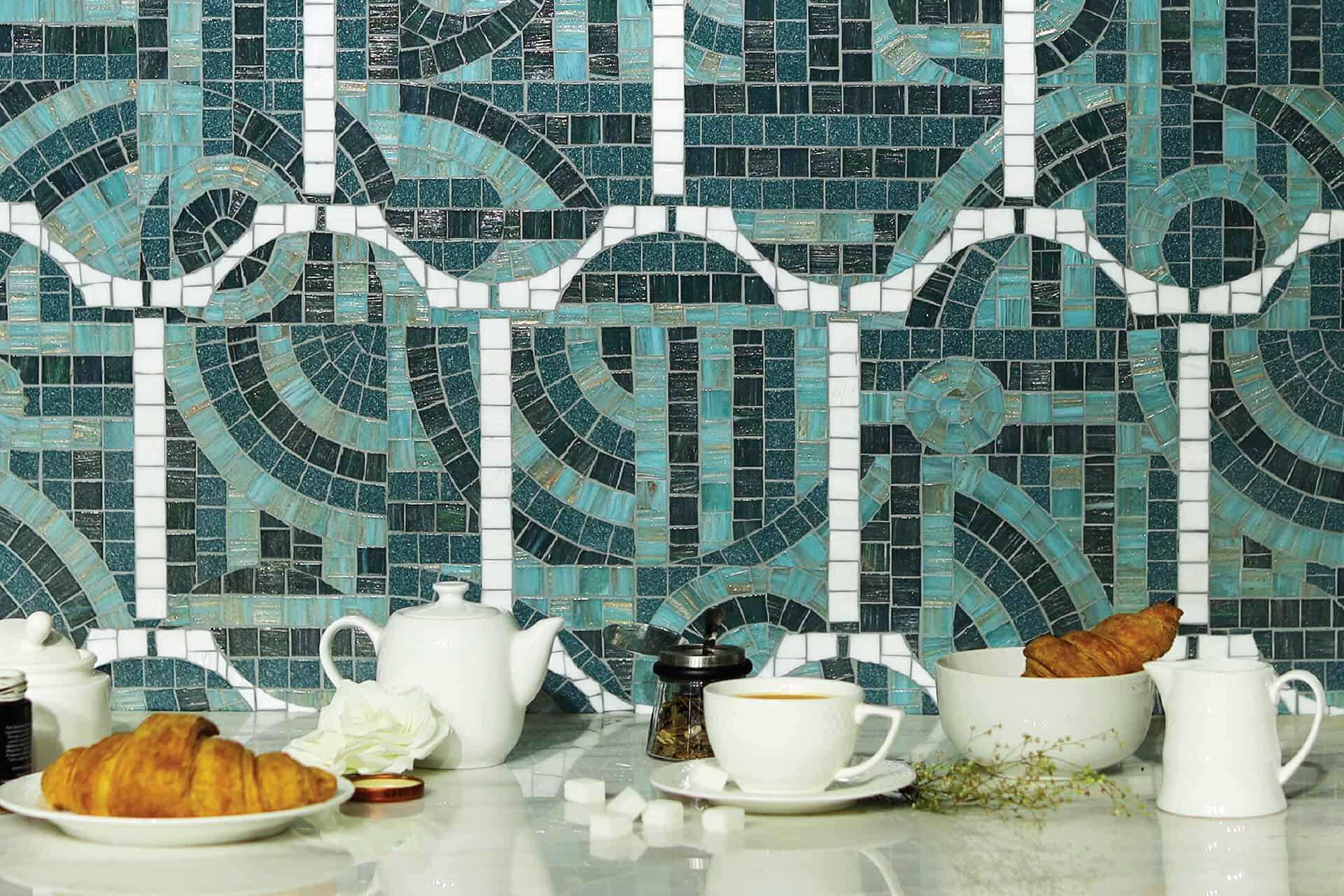

Ideas and Tips
DIY Guide To Installing A Mosaic Tile Backsplash
Published: September 5, 2024
Learn how to install a stunning mosaic tile backsplash with our step-by-step DIY guide. Perfect for enhancing your kitchen's look and functionality.
(Many of the links in this article redirect to a specific reviewed product. Your purchase of these products through affiliate links helps to generate commission for Storables.com, at no extra cost. Learn more)
Installing a mosaic tile backsplash is a fantastic way to add both functionality and aesthetic appeal to your kitchen. Mosaic tiles come in various materials, including glass, metal, and natural stone, offering a wide range of styles and combinations. This DIY guide will walk you through the steps to install a mosaic tile backsplash, ensuring that your project is both successful and visually stunning.
Tools and Materials Needed
Before you begin, it's essential to gather all the necessary tools and materials. Here’s a comprehensive list:
- Mosaic Tiles: Choose your desired material and style. Ensure that the tiles are suitable for backsplash installation.
- Grout: Select a premixed grout that matches your tile color or choose a flexible grout like Flex Color Secu or Flex Color 3D.
- Rubber Grout Float: A rubber grout float is crucial for applying and spreading grout evenly.
- Bucket and Sponge: For cleaning and mixing grout.
- Painter’s Tape: To protect surfaces from grout.
- Tape Measure: For measuring the area and marking installation lines.
- Level: To ensure straight and even installation.
- V-Notched Trowel: For applying thinset or mastic.
- Utility Knife: For cutting the mesh backing of the mosaic tiles.
- Tile Saw or Manual Tile Cutter: For cutting individual tiles if necessary.
- Tile Spacers: To maintain even spacing between tiles.
- Caulk: For sealing any gaps around edges or corners.
- Masking Tape and Plastic Sheet: For protecting countertops and surfaces during installation.
- Eco Prim Grip (Optional): For priming the surface before applying thinset.
- Laser Level (Optional): For creating a vertical start line.
- Mastic or Thinset: Specialized adhesives for mosaic tile installations.
- Backer Board (Optional): For areas subject to dampness, such as behind appliances.
Preparing the Walls
Before you start installing your mosaic tile backsplash, it’s crucial to prepare the walls properly. Here are the steps:
-
Clear the Space:
- Remove any appliances along the wall.
- Cover the countertop with plastic sheeting held in place with masking tape to protect it from grout.
- Remove outlet covers and switch plates in the area to be tiled.
-
Repair Any Damages:
- Inspect the wall for any holes or gouges and repair them using drywall compound and sanding.
- Ensure the wall is clean and free of debris.
-
Measure and Mark Installation Area:
- Measure the length and width of your backsplash area.
- Use a tape measure to mark the installation area on the wall, ensuring it is level and plumb.
-
Draw Gridlines:
- Use a level and a square to draw gridlines on the wall. This will help you achieve straight and even installation.
-
Apply Painter’s Tape:
- Apply painter’s tape around the edges of the installation area to protect adjacent surfaces from grout.
Applying Adhesive
Applying the right adhesive is crucial for a successful mosaic tile backsplash installation. Here’s how to do it:
-
Choose the Right Adhesive:
- For glass or vitreous tiles, use a thinset modified with polymer or latex, compliant with ANSI 118.4.
- For other materials, mastic works well for mosaic projects.
-
Apply Adhesive:
- Use a V-notched trowel to apply the adhesive to the wall.
- Hold the trowel at a 45-degree angle and spread the adhesive evenly, creating ridges of the proper depth and size.
-
Rake Adhesive:
- Using the V-notched side of the trowel, rake the adhesive to create ridges that will help the tiles adhere properly.
-
Allow Adhesive to Set:
- Follow the manufacturer’s instructions for how long to let the adhesive set before applying tiles. Usually, it takes about 24 hours.
Installing Mosaic Tiles
Now it’s time to install your mosaic tiles. Here’s how:
-
Position Tiles:
- Begin your installation at the most visible part of the wall and work outwards from there.
- Use a rubber grout float to apply light and even pressure to ensure grip with the adhesive.
-
Cut Around Obstacles:
- If you need to cut around electrical outlets or other obstacles, mark them using lipstick or a grease pencil.
- Press the tile against the marked area to transfer the mark to the back of the tile.
- Use a utility knife or tile saw to cut through the mesh backing around the outlet.
-
Install Tiles:
- Position each piece of tile firmly into the wet adhesive, using spacers to maintain even spacing.
- Continue with each tile until your mosaic is complete.
-
Finish Edges:
- Use Schluter edging trim to ensure a clean finish around edges and corners.
Allowing Tiles to Dry
Once you’ve installed all your tiles, it’s important to let them dry properly before proceeding with grouting:
-
Let Tiles Dry Overnight:
- Allow the tiles to dry overnight according to the manufacturer’s instructions.
-
Remove Excess Adhesive:
- Use a flat-head screwdriver to remove any protruding adhesive from the tile joints.
Grouting
Grouting is a crucial step in completing your mosaic tile backsplash installation. Here’s how to do it:
-
Prepare Grout:
- Mix the grout according to the manufacturer’s instructions.
- Apply a clear sealer or enhancer if desired to protect the grout from stains.
-
Apply Grout:
- Use a rubber grout float to apply grout diagonally across the tile joints.
- Press the grout into the joints until they are full, then use the float to take off any excess grout.
-
Clean Excess Grout:
- Dampen the surface of the tiles with water on a sponge before applying grout.
- Regularly rinse out the sponge in clean water as you wipe off excess grout from the tile surface using circular motions.
-
Allow Grout to Set:
- Let the grout set for 7-10 minutes according to the manufacturer’s instructions.
- Once set, go over the tile surface multiple times with a damp sponge to remove any remaining excess grout.
-
Remove Grout Haze:
- After the grout has dried completely, use a soft cloth to remove any grout haze from the surface of the tiles.
Final Touches
Your mosaic tile backsplash is now complete Here are some final touches to ensure it looks its best:
-
Seal Gaps:
- Apply caulk around edges and corners where necessary.
-
Inspect Installation:
- Inspect your installation for any imperfections or areas that need additional grout.
-
Clean Up:
- Clean up any remaining grout or adhesive residue using a damp sponge and clean water.
Conclusion
Installing a mosaic tile backsplash is a rewarding DIY project that can significantly enhance the look and feel of your kitchen. By following these steps carefully and using the right materials, you can achieve professional-looking results without breaking the bank. Remember to always follow safety guidelines and manufacturer instructions for each product used in your project. With patience and attention to detail, you’ll be enjoying your beautiful new mosaic tile backsplash in no time!
Additional Tips and Considerations
- Adding a Ledger Board: If you’re installing a backsplash in an area without a countertop (like behind appliances), consider installing a ledger board to keep your tiles level and supported.
- Cutting Tiles: Use a tile saw or manual tile cutter for cutting individual tiles if necessary. For cutting around obstacles like outlets, mark them using lipstick or a grease pencil before pressing the tile against it.
- Choosing the Right Grout: Select a premixed grout that matches your tile color or choose a flexible grout like Flex Color Secu or Flex Color 3D for added durability.
- Protecting Surfaces: Always cover adjacent surfaces with masking tape and plastic sheeting to protect them from grout stains.
- Allowing Time for Drying: Be patient and allow each step of the process sufficient time to dry before proceeding. This ensures that your installation is stable and long-lasting.
By following this comprehensive guide, you’ll be well-equipped to tackle your mosaic tile backsplash installation with confidence and achieve stunning results that enhance your kitchen’s aesthetic appeal. Happy DIY-ing
Was this page helpful?
At Storables.com, we guarantee accurate and reliable information. Our content, validated by Expert Board Contributors, is crafted following stringent Editorial Policies. We're committed to providing you with well-researched, expert-backed insights for all your informational needs.
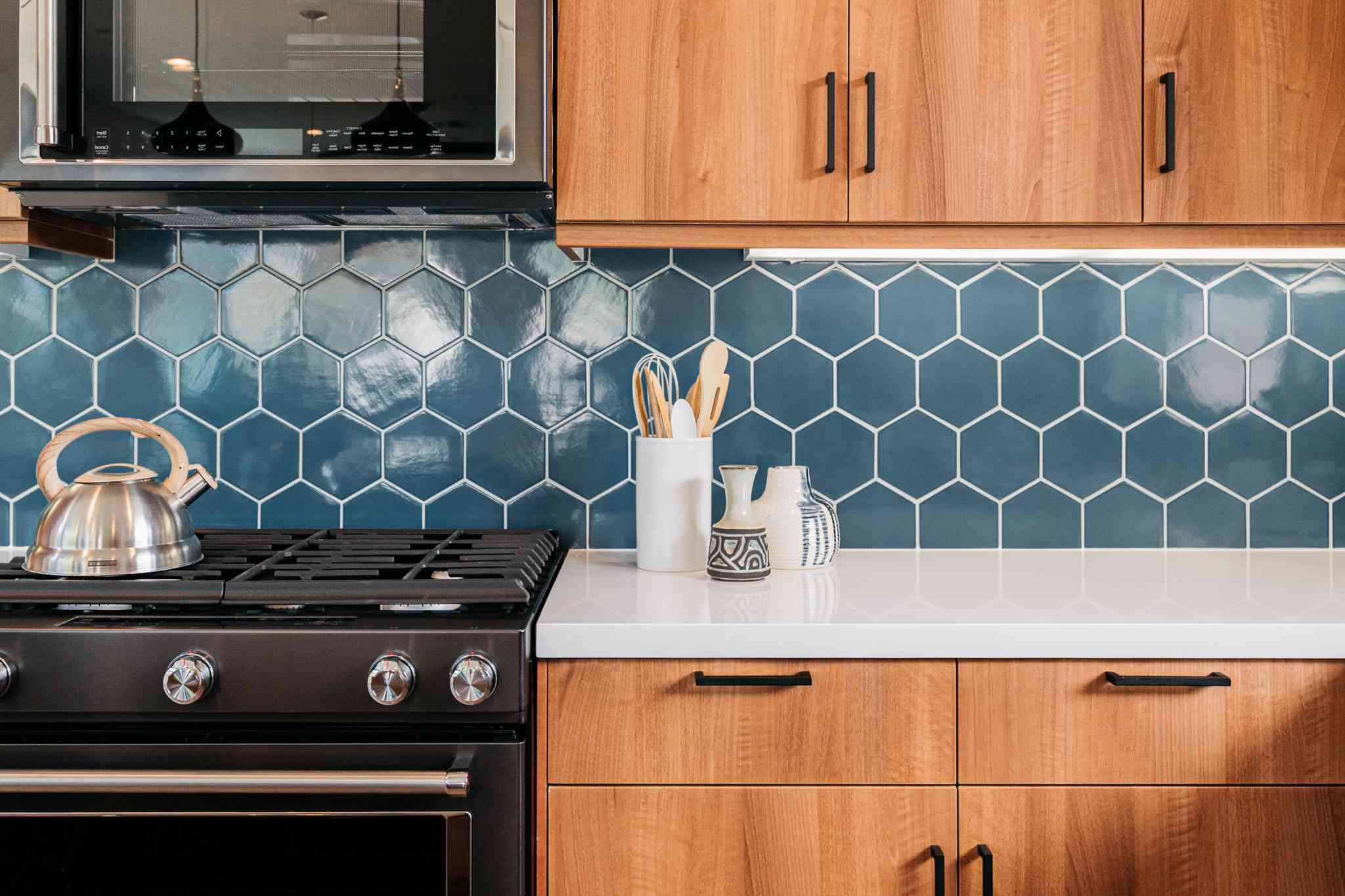

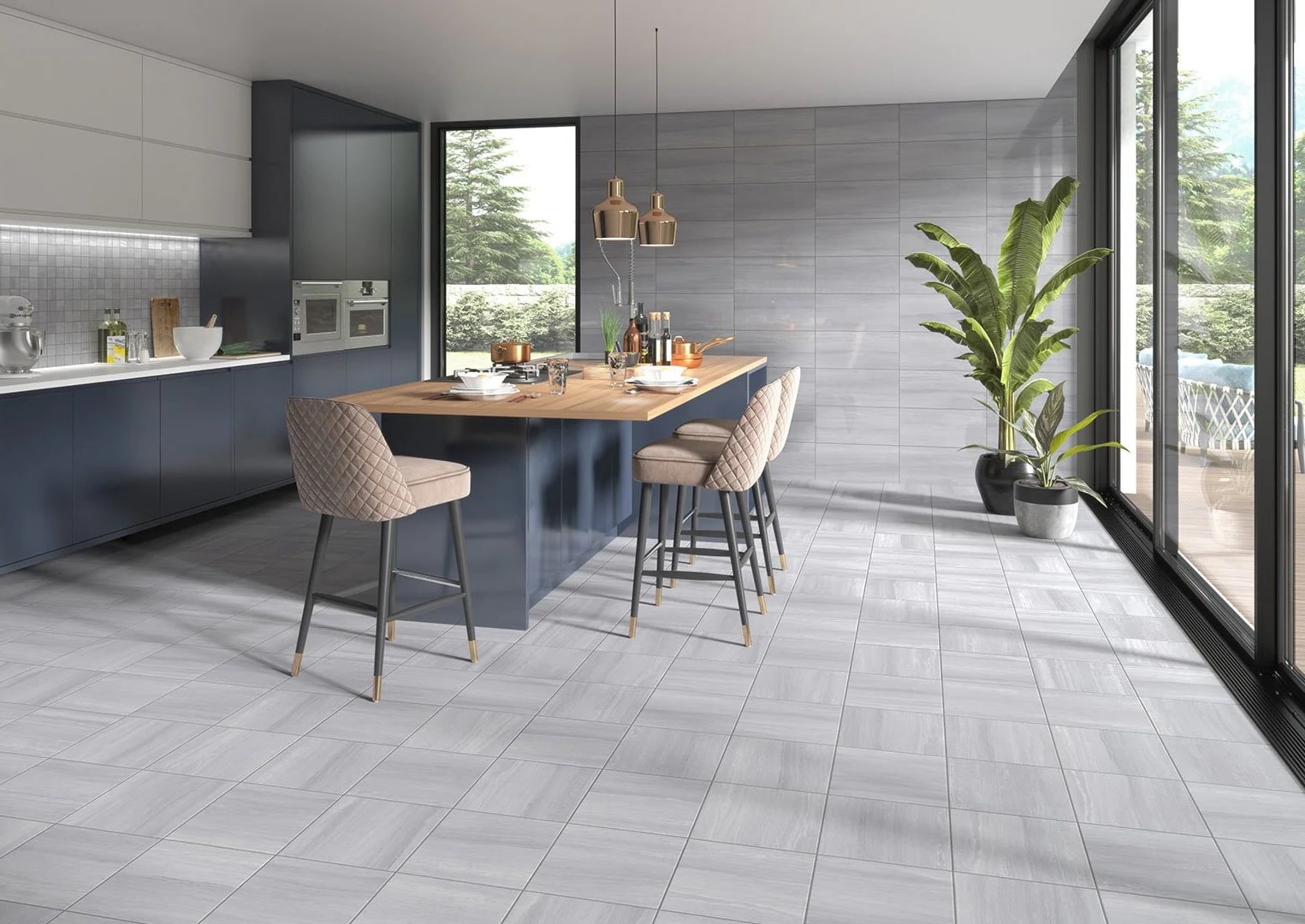
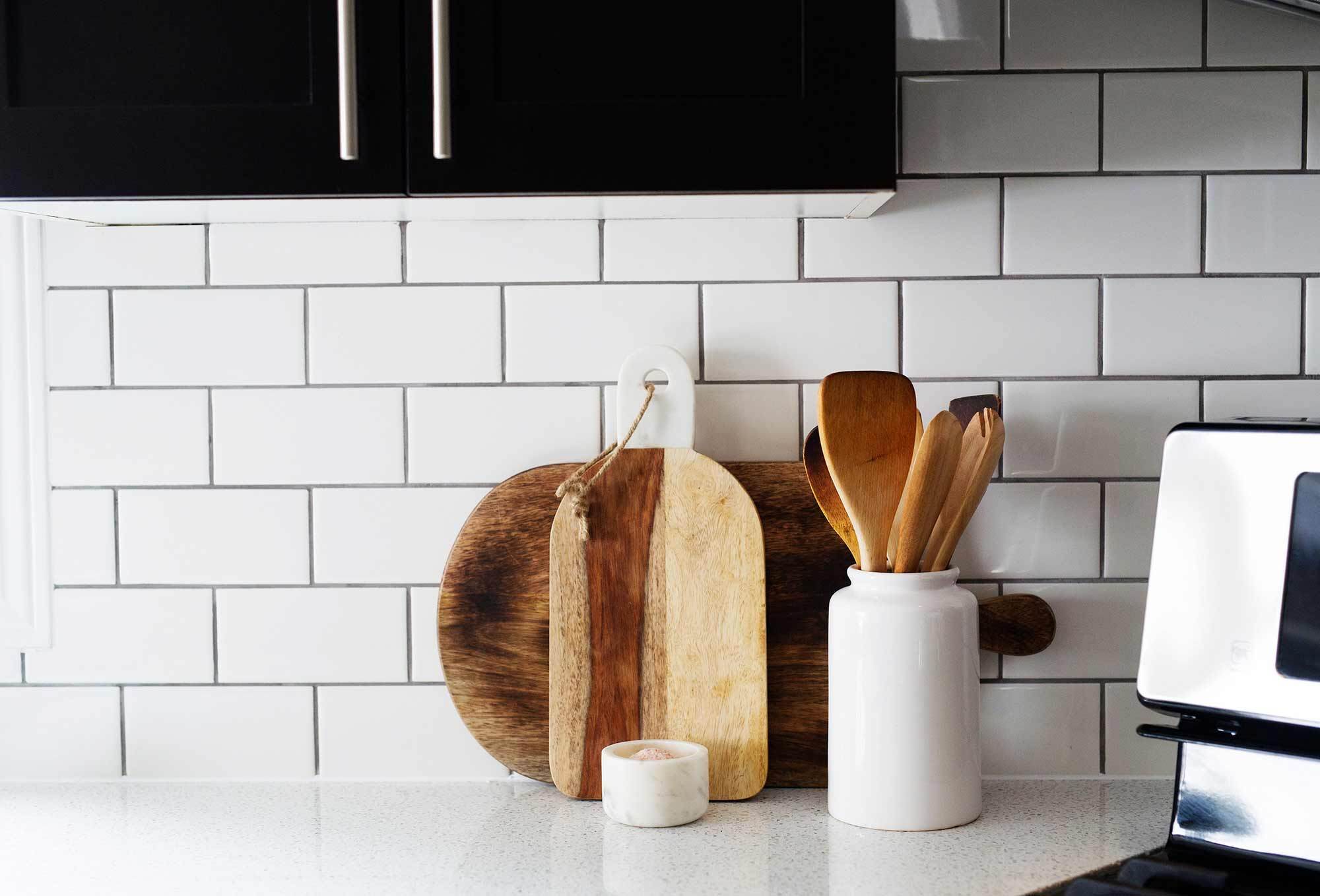
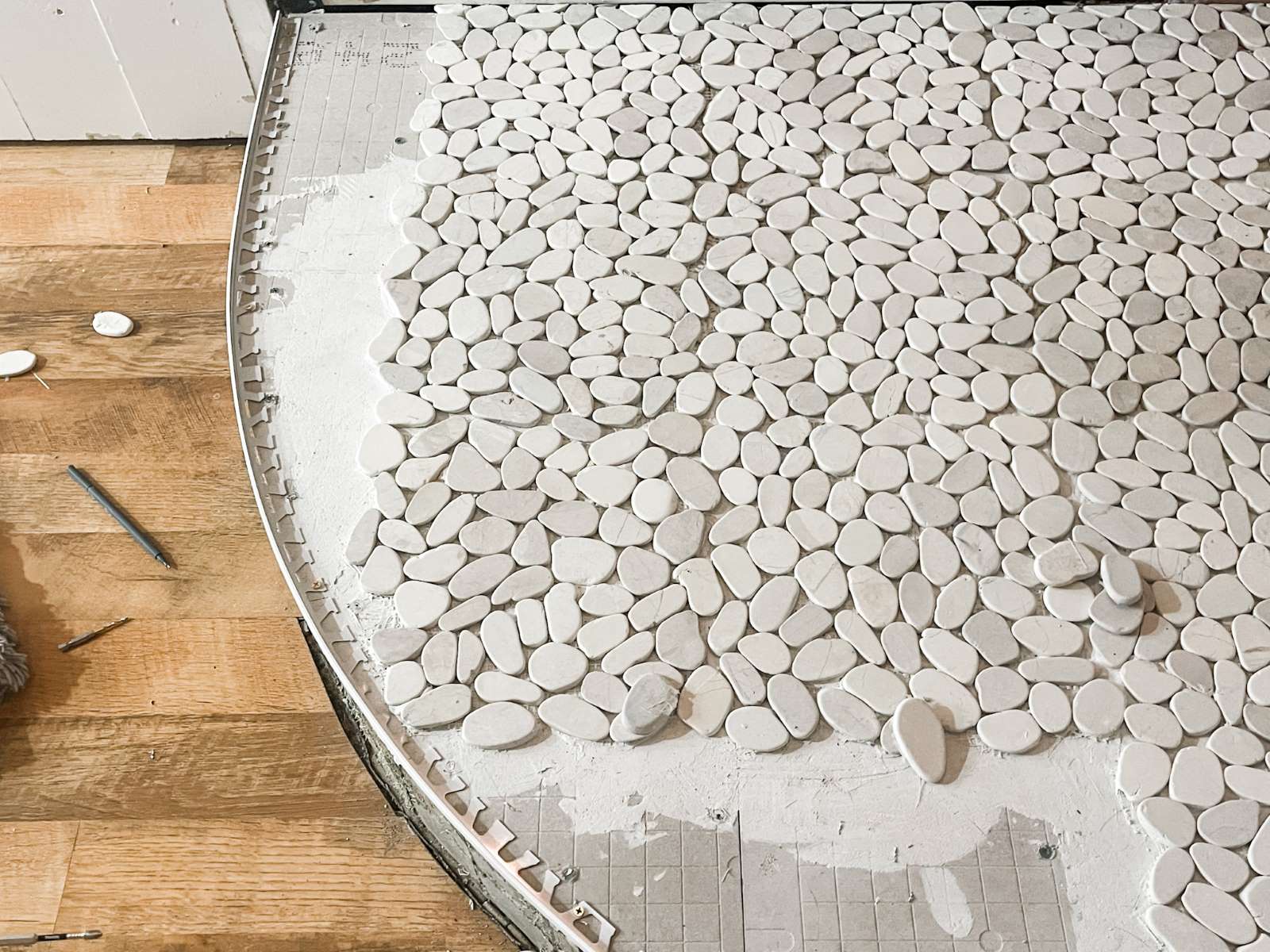
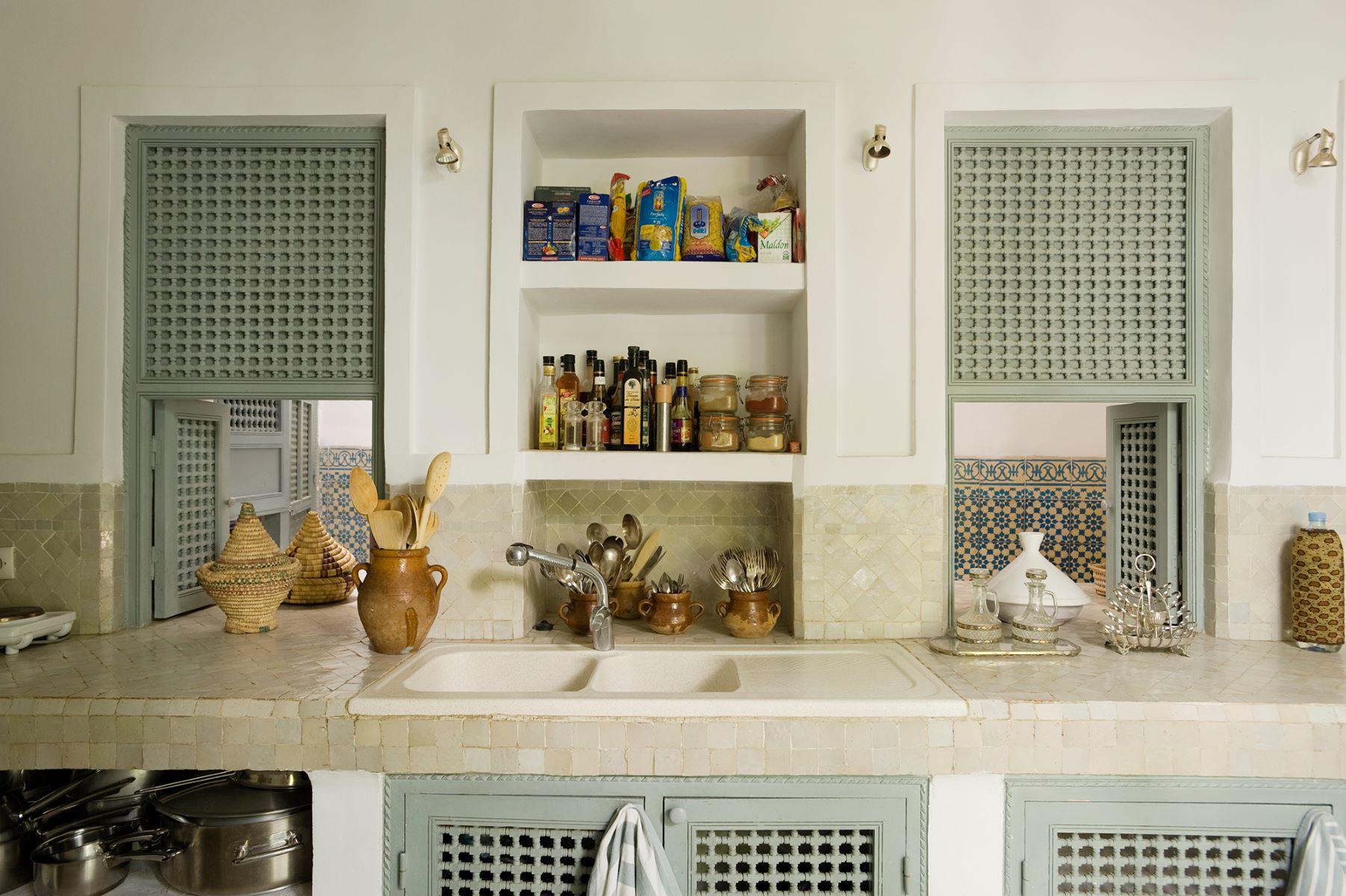
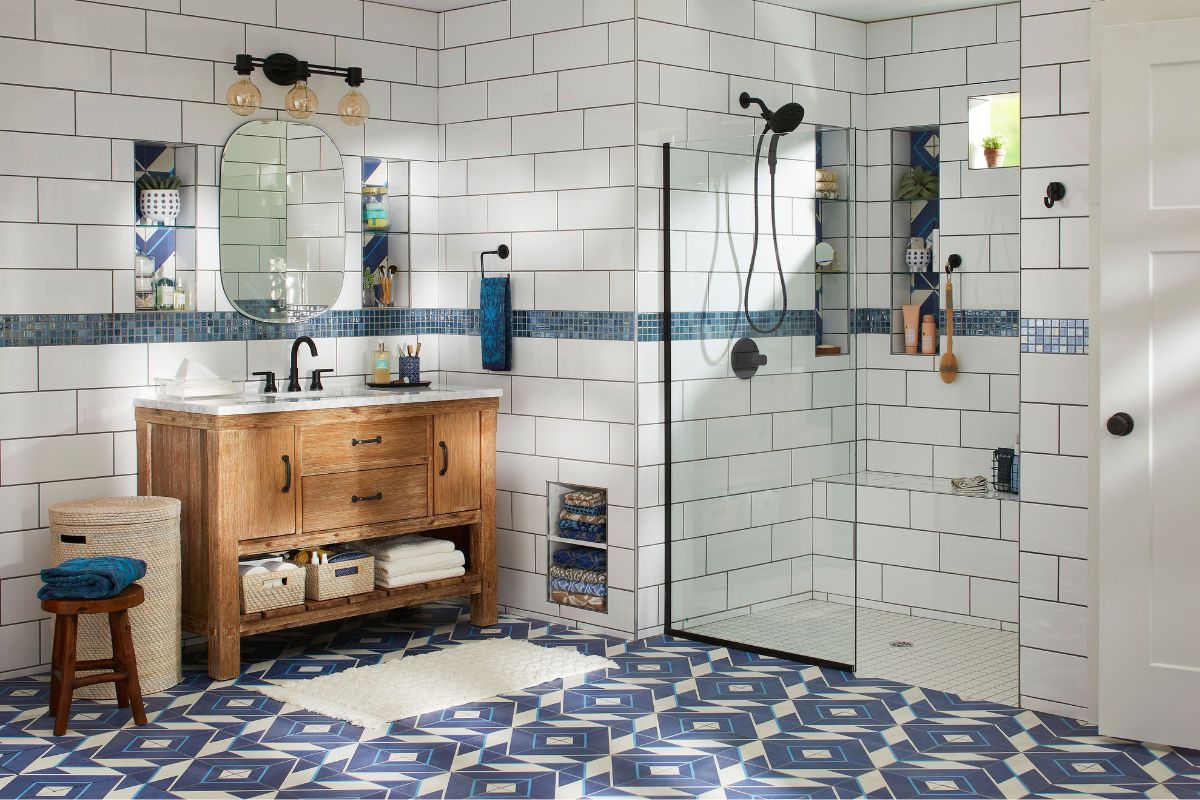
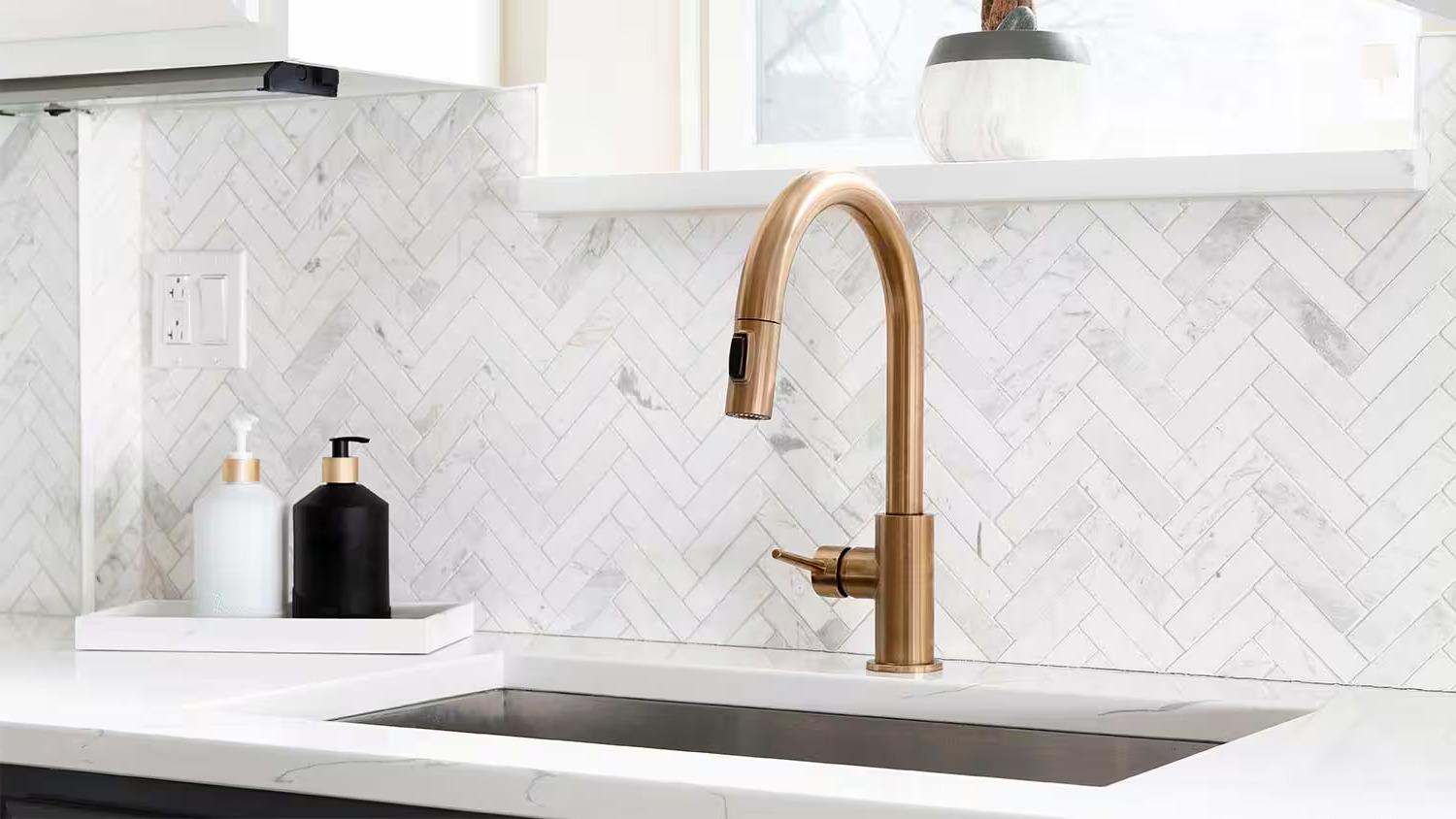
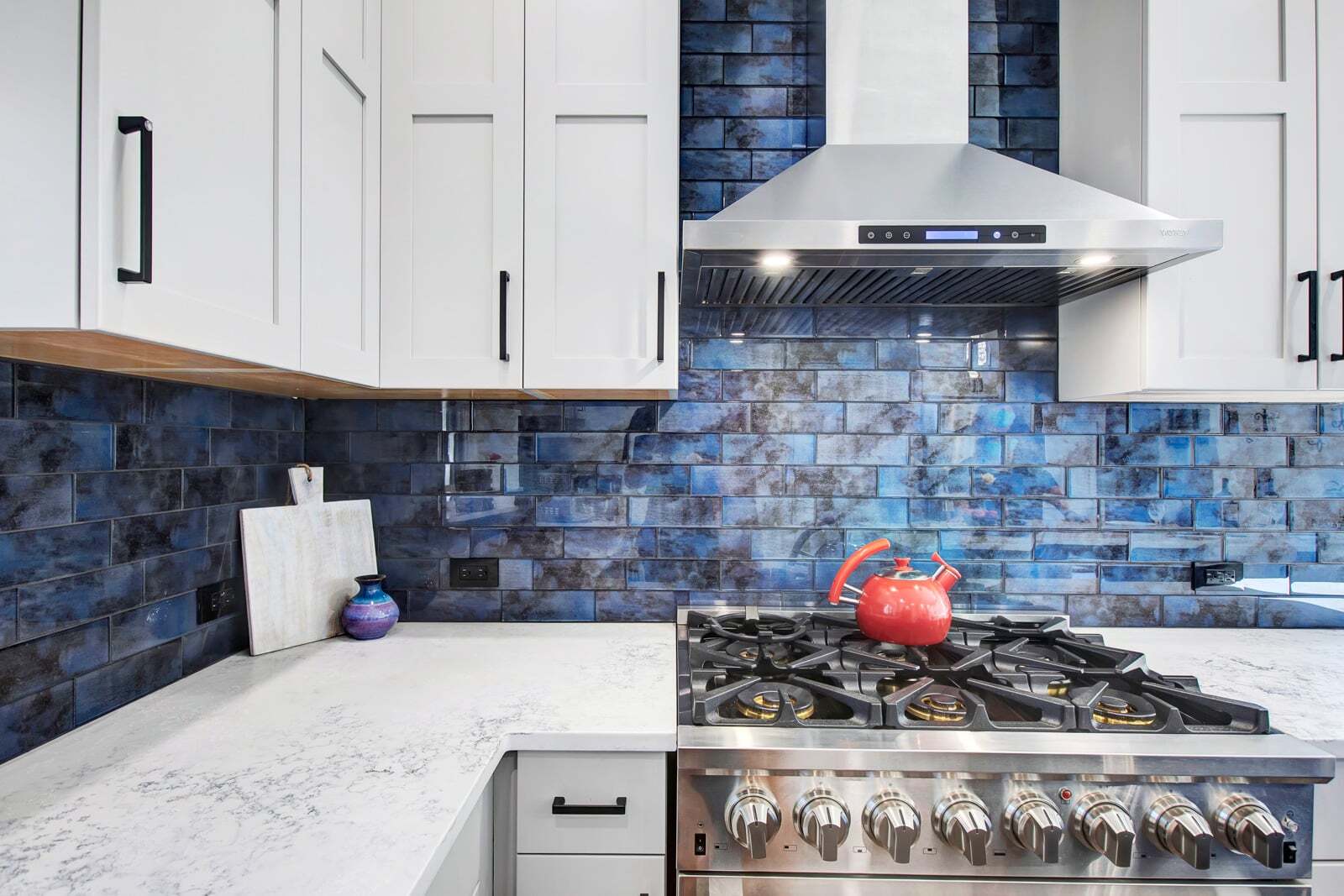
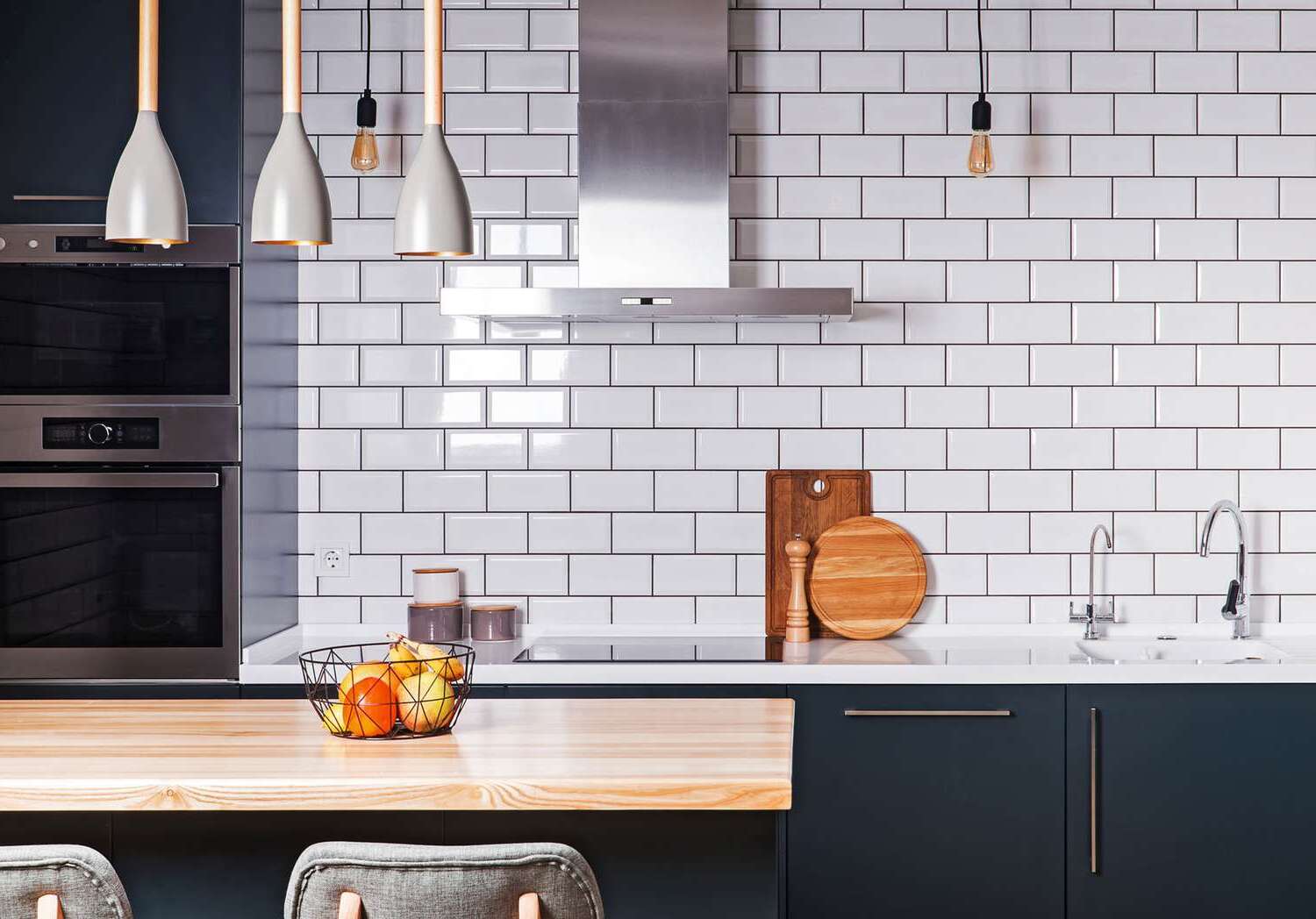

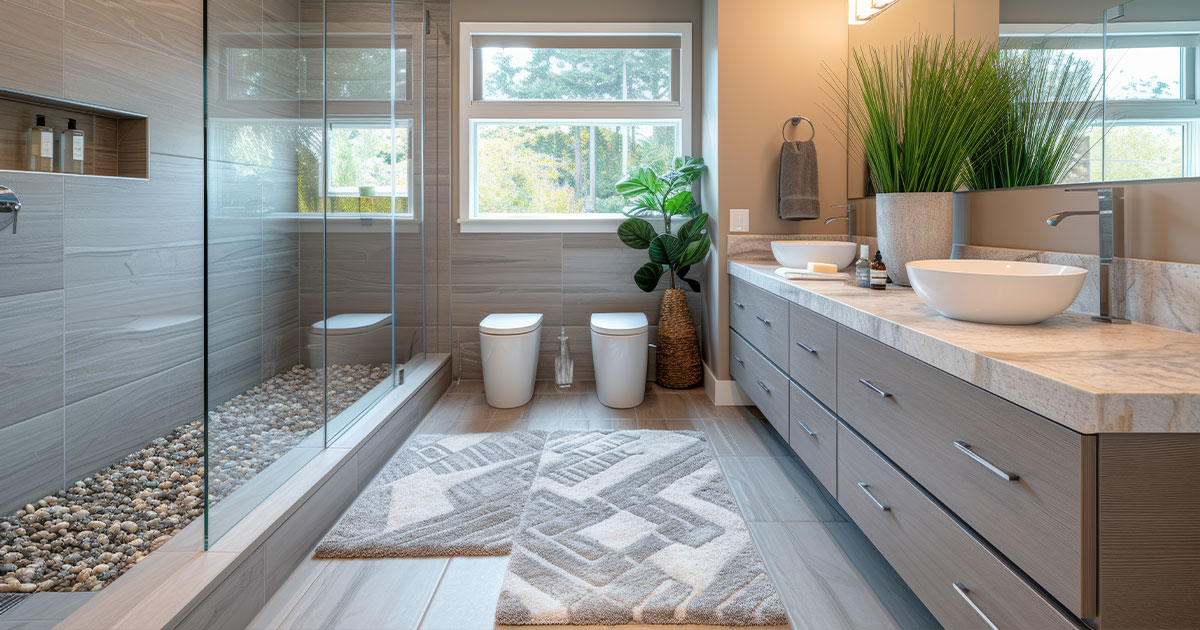
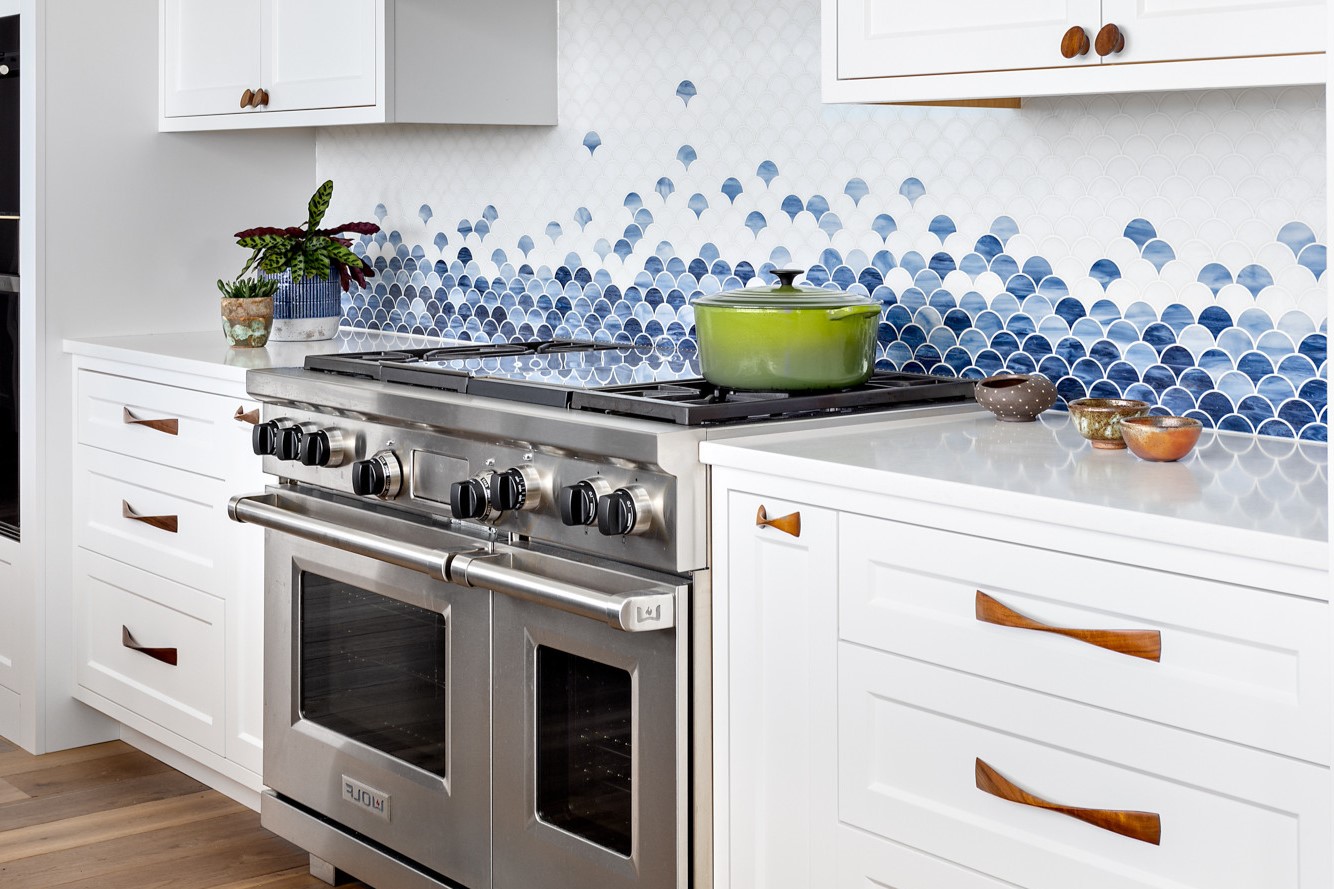
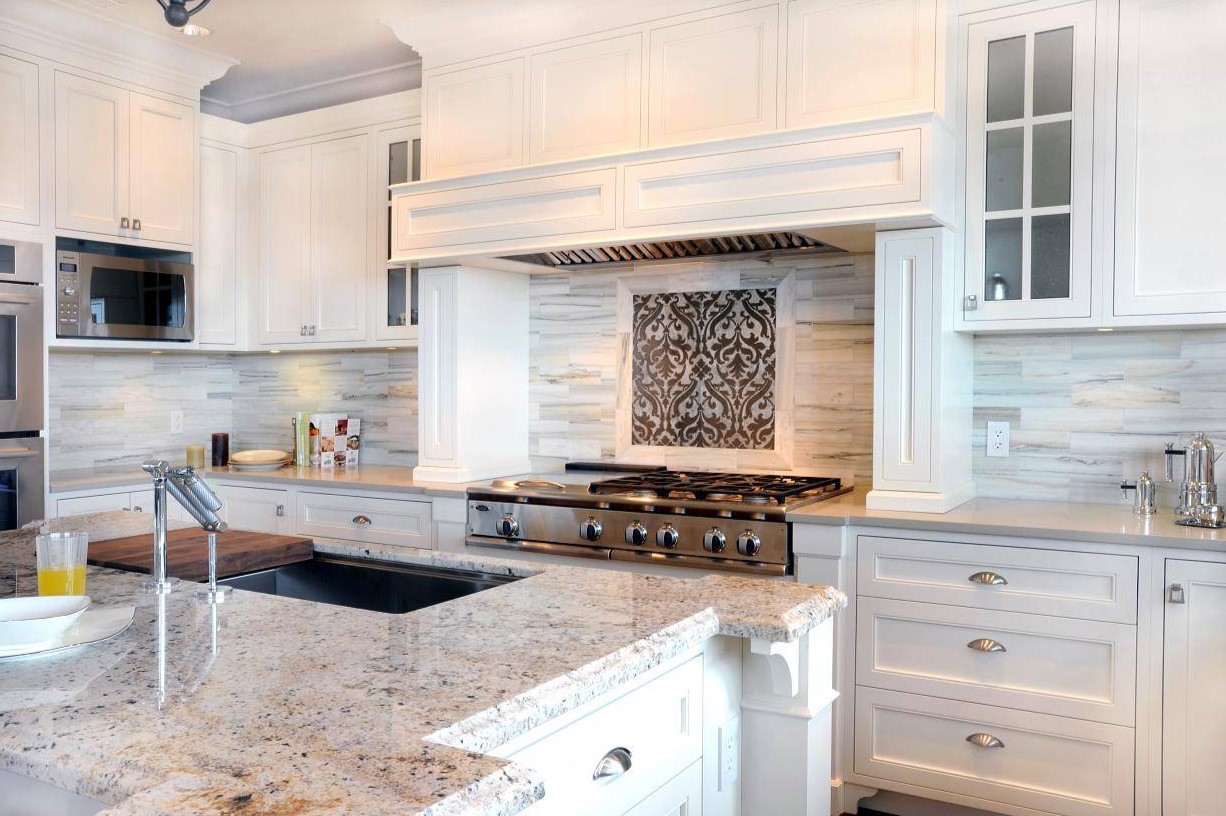

0 thoughts on “DIY Guide To Installing A Mosaic Tile Backsplash”